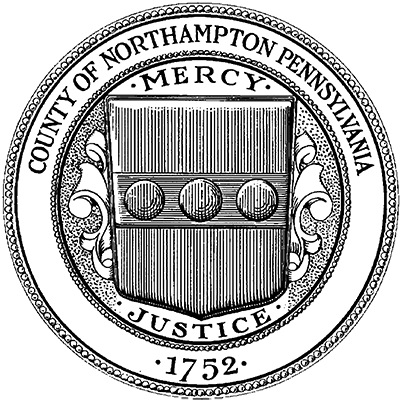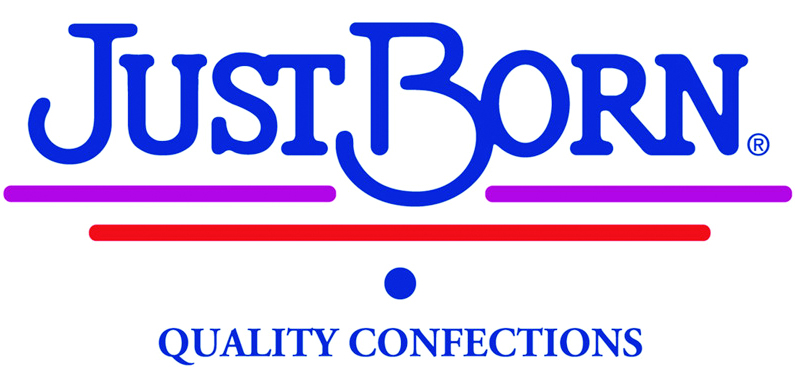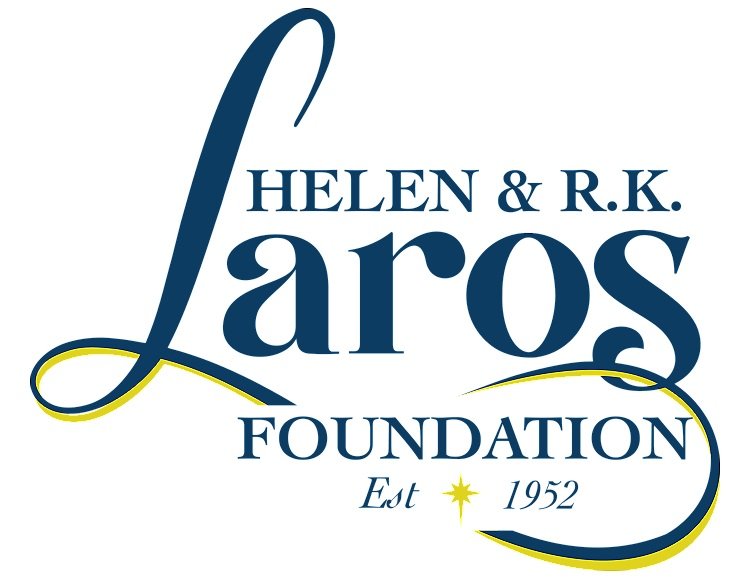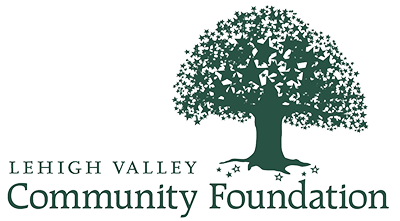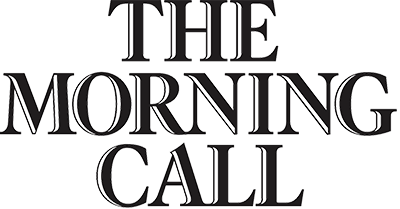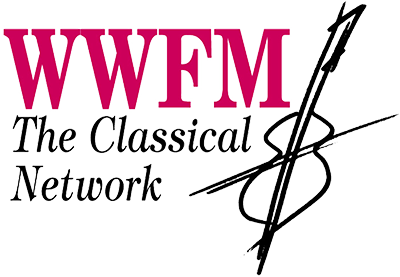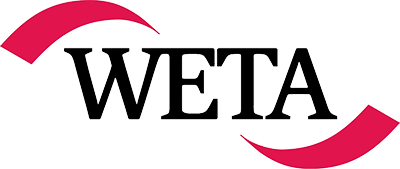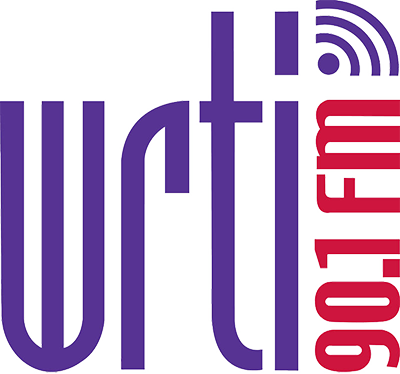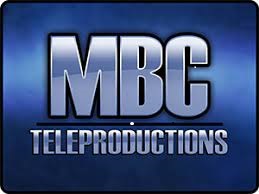This is one of several cantatas written by Bach for the Feast of the Ascension. This particular cantata dates from Leipzig in 1726. This is a two-part cantata in eleven movements, with the movements divided into 1-5 and 6-11. The chorus is heard only in the first and last movements, bookends to a series of alternating solo recitatives and arias. None of the arias use a da capo form, which we have come to recognize as a common element of Baroque arias. Despite the number of movements, the cantata is not a long one; about half of the movements are short secco recitatives, and none of the arias are very long. The arias are all distinct from each other in musical content, providing a great deal of musical contrast and variety for the entire cantata. Much of the distinctiveness of the arias comes from the instrumental parts, which are very active and feature different scoring combinations.
According to Konrad Küster, this cantata follows what is sometimes called the “standard Meinigen pattern: a movement based on an Old Testament passage…; a recitative and aria; a New Testament text;…another aria and recitative (the latter typically having two or more sentences, allowing the composer to set the final part as a chorus); and, finally, one or more strophes of a chorale. The two biblical texts are linked in subject matter”. This description holds for this cantata, except that Bach adds more recitatives and arias after the biblical passage.
| Movt. | Key | Tempo | Meter | Scoring | Texture |
| 1 | C | Adagio – alla breve | 4/4 to 2/2 | SATB choir, 3 trumpets, timpani, 2 oboes, strings, continuo | Polyphonic |
| 2 | a minor to G Major | Free | 4/4 | Solo tenor, continuo | Secco recitative |
| 3 | G Major | Vivace | 3/8 | Solo tenor; violins in unison, continuo | Trio Sonata |
| 4 | e minor | Free | 4/4 | Solo soprano, continuo | Secco recitative |
| 5 | e minor | Andante | 4/4 | Solo soprano, 2 oboes (doubling violins), violins, viola, continuo | Polyphonic |
| 6 | C Major | Free | 4/4 | Solo bass, strings, continuo | Accompanied recitative |
| 7 | C Major | Vivace | 4/4 | Solo bass, trumpet, continuo | |
| 8 | a minor | Free | 4/4 | Solo alto (or countertenor), continuo | secco recitative |
| 9 | a minor | 3/4 | Solo alto (or countertenor), 2 oboes, continuo | Active homophonic texture | |
| 10 | e minor | Free | 4/4 | Solo soprano, continuo | Secco recitative |
| 11 | G Major | Moderate | 3/4 | SATB choir, doubled by orchestra and continuo | 4-part chorale setting |
The text is taken from several sources, including Psalm 47:5-6, Mark 16:19, and the chorale “Ermuntre dich, mein schwacher Geist” (text by Rist, tune by Schop, 1641). Indeed, each of the texts makes direct reference to the Lord being taken up to, or going up to, heaven; thus, each is connected to the other, as Küster describes.
The chorale only appears in the final movement. The first choral movement, which opens the entire cantata, begins with an unusually reserved adagio for such a festive occasion as the Ascension of the Lord. These initial six measures do present a stately feel, which then changes to alla breve and the character becomes much more festive, with lively continuous eighth-note passages in the strings and brilliant trumpets. The new character directly exudes the joyful praise of the text:
| Gott fähret auf mit Jauchzen und der Herr mit heller Posaunen. Lobsinget, lobsinget Gott, |
God is gone up with a shout and the Lord with bright trumpets. Sing praises, sing praises to God; |
Each aria has a unique musical element which distinguishes it from the others. In movement three, the tenor aria, these elements are the dance-like feel and the active violin line (with all violins in unison) marked by many repeated notes.
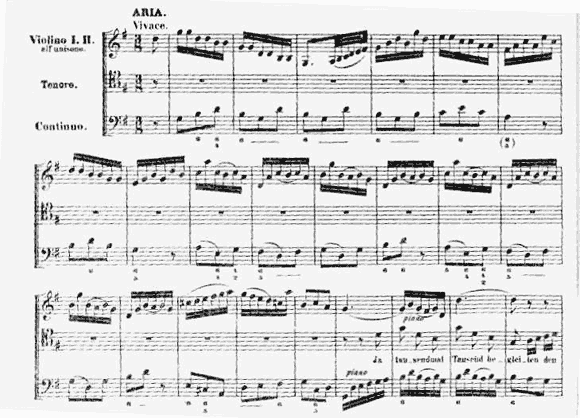
In the soprano aria (movement five), it is the insistent repetition of the double-neighbor tone figure in the strings, marked below in red, and the opening ornament in the strings (marked in blue), a motive which recurs even as the music changes.
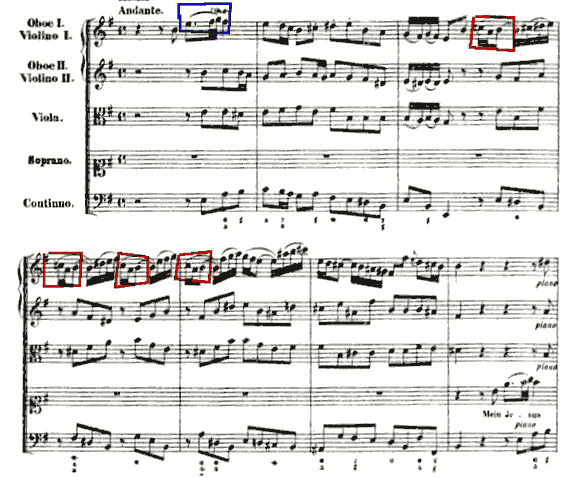
The only accompanied recitative in the cantata is marked by numerous arpeggiated string passages, most moving upward, as the Lord himself ascended to heaven. The arpeggios make their way into the solo bass line as well, as he sings about the scattered enemies. A long 24-note undulating, rising melisma “ears up the victor” to end this movement. Even in this short excerpt, you can see how the arpeggiated figures pervades the texture.
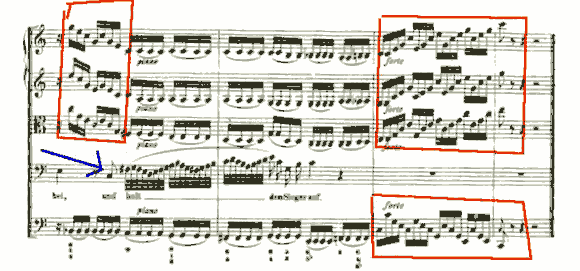
The next movement (number seven), the bass aria, returns to the opening key of C major and brings back the trumpet to make for a triumphal sound. It is a bit curious that Bach sets this text to such uplifting music:
| Er ists, der ganz allein die Kelter hat getreten voll Schmerzen, Qual und Pein Verlorne zu erretten Durch einen teuren Kauf. |
He it is who all alone has trodden the wine-press filled with sorrow, grief and pain to rescue the perishing at great cost |
Bach does turn the music to more solemn sounds and minor keys in the middle, at the mention of sorrow, grief, and pain. But the overwhelming feeling is one of joy. Do not be distracted by the seeming disconnect between music and text, for this is ultimately a text of rejoicing, of success and praise. See the last two lines:
| Ihr Thronen, mühet euch und setzt ihm Kranze auf! |
Ye throne, arise and crown Him with crowns! |
The active bass line, the most noticeable element of this movement, may reflect the busy toiling of the worker.
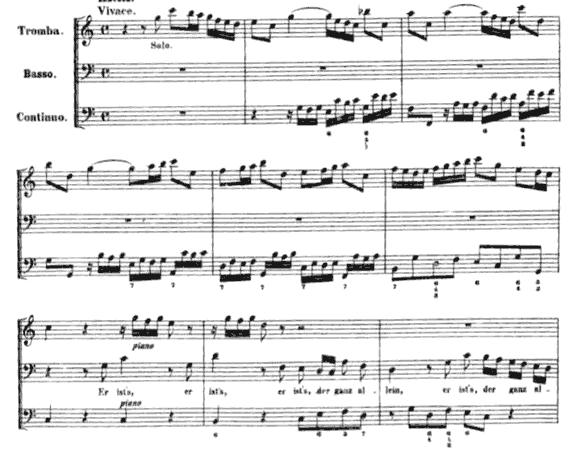
The two oboes moving in parallel thirds is the primary aural focus of the final aria, movement nine, for solo alto (or countertenor). The oboes lead off an orchestral introduction, then step into the background while the soloist sings, though they are never gone for long. The choice of oboes, a minor key, and the sweet parallel thirds creates a more somber (though not really sad) feeling, perhaps one of longing for the risen and ascended Lord.
The final chorale moves to G major, a fifth away from the opening key of C major. Is this intended as a tonal reflection of the ascension of the Lord?






